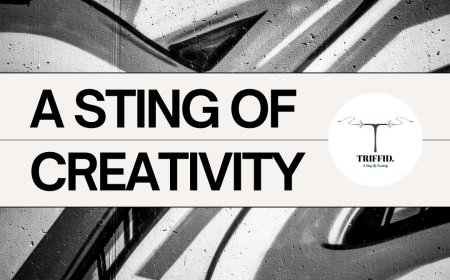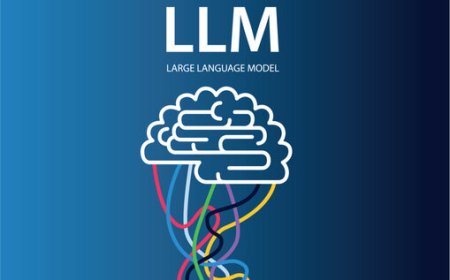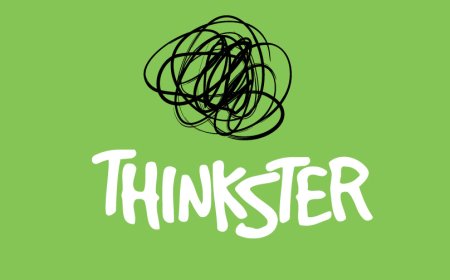Listening for the Note That Was Missing: A Reflection on Healing and Belonging

Listening for the Note That Was Missing: A Reflection on Healing and Belonging
Some stories arrive like thunder. Others settle in slowly, like a familiar song you dont realise youve been humming your whole life. Woody Giessmann A Life of Recovery falls into the latter. Its a book that doesnt announce itself with slogans or declarations. It begins with grief, unfolds through memory, and lingers in the quiet spaces between words.
The heart of the story is not just about addiction or even recovery in the traditional sense. Its about trying to find ones voice in a family that never taught its members how to speak the truth out loud. Its about learning how to feel again after a lifetime of emotional numbing. And maybe most of all, its about carrying love and pain at the same timeand allowing both to belong.
Giessmanns narrative is anchored in the early loss of his brother Brian, whose death by suicide reverberated through his life like a dropped drumstick in a silent room. That momentat once sudden and long-anticipatedbreaks open everything: childhood, music, family, faith in the idea that things make sense.
And yet, Giessmann doesnt write about this loss from a distance. He writes to Brian. Directly. Tenderly. Furiously. For pages, he addresses his brother as if he were still in the room. As if, finally, the words are being said that were impossible back then. What unfolds is not just a tribute but a reckoning.
Reading these early sections feels less like reading a book and more like being invited into a private conversationa whispered confession between two boys who never got to grow old together. Theres an aching humanity to it, a kind of emotional honesty that resists polish or resolution. The pain isnt edited down. Neither is the love.
Whats remarkable is how Giessmann allows his story to remain unfinished. Theres no healing moment where everything falls into place. Instead, theres a steady, patient movement toward understandingnot just of his brothers pain, but of his own. The book is as much about living with unanswered questions as it is about overcoming the past.
As Giessmann transitions into the second part of the book, the writing shifts slightly. He steps into the role of counsellor, interventionist, and guide. But even here, he doesnt lose the personal thread. His approach to helping others through addiction is rooted in what hes lived. Theres no separation between his story and his work. The empathy he offers is hard-earned, not theoretical.
One of the most powerful undercurrents of the book is its reflection on masculinity and emotional suppression. Growing up in a house where silence substituted for safety, Giessmann learned early on that showing vulnerability was risky. Like many boys, he was taught to stay strong, stay busy, and stay numb. Feelings were inconvenient, and tendernessespecially between menwas off-limits.
So when he does finally write to his brother decades later, it feels not just like an act of grief but of reclamation. Reclaiming softness. Reclaiming the right to say, I missed you. Reclaiming the boy he once wassensitive, scared, creativewho had been buried under years of self-medicating.
This theme speaks directly to a wider social issue: the emotional education of boys and the consequences of its absence. In recent years, weve begun to talk more openly about mens mental health, about toxic masculinity, and about what happens when boys arent taught how to care for their inner world. Giessmanns story doesnt frame itself as political, but it offers a poignant glimpse into the damage done when boys are left to carry the unbearable without words.
Equally present is the theme of creative survival. Art, for Giessmann, is not just an outletits a language. Music was his first vocabulary for pain and wonder. Later, visual art and writing joined that chorus. When he suffers a near-fatal brain aneurysm years into his recovery, he returns to these practices not as hobbies but as lifelines. In a rehab bed, relearning how to speak and move, he turns to rhythm and melody to stitch himself back together.
Theres something quietly radical about this. In a world that often treats art as a luxury or distraction, Giessmann insists on its necessity. Not for a career. Not for applause. But for survival. For belonging. For remembering who you are when everything else falls away.
A Life of Recovery isnt loud or dramatic. It doesnt follow a straight line. It wanders. It doubles back. It pauses in places that feel unresolved. In doing so, it captures what healing often looks like in real lifeimperfect, non-linear, and deeply personal.
This is a book that trusts the reader to sit with discomfort, to hear what isnt said outright. Its also a book that makes space, for grief that never fully goes away, for families who tried their best and still got it wrong, for those who didnt make it and for those who still might.
If theres one emotion that echoes most strongly through these pages, its longing, not just for the brother who was lost, but for a kind of honesty that was never allowed to exist in the home they shared. Giessmann doesnt try to rewrite the past. He doesnt excuse it. He simply walks through it again, slowly, this time with open eyes.
And maybe thats what real recovery is, not returning to who you were, but becoming someone who can finally look back and say, This hurt. I survived. And Im still learning how to live.
Its quiet work. But it matters.













































